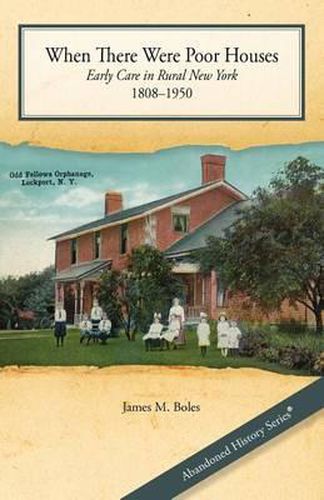Readings Newsletter
Become a Readings Member to make your shopping experience even easier.
Sign in or sign up for free!
You’re not far away from qualifying for FREE standard shipping within Australia
You’ve qualified for FREE standard shipping within Australia
The cart is loading…






To prevent them from slipping into the void of abandoned history, this book describes the institutions-some highly visible and others lesser known in and near Niagara County-that provided some of the earliest organized care for the blind, deaf, sick, disabled, insane, and destitute. Niagara County, a typical rural county of New York State, serves as a historical model for study of the various institutions-the poorhouses, almshouses, sanatoriums, asylums, orphanages, pest houses, widows houses, hospitals, and special schools in the 19th and early 20th centuries. Our predecessors, however harsh and out-moded their care seems now, labored under and along with societal and cultural attitudes that mandated a sense of responsibility toward the needy in their midst. Their early efforts provided a foundation for many of the programs in New York State that offer progressive services to its citizens today.
$9.00 standard shipping within Australia
FREE standard shipping within Australia for orders over $100.00
Express & International shipping calculated at checkout
To prevent them from slipping into the void of abandoned history, this book describes the institutions-some highly visible and others lesser known in and near Niagara County-that provided some of the earliest organized care for the blind, deaf, sick, disabled, insane, and destitute. Niagara County, a typical rural county of New York State, serves as a historical model for study of the various institutions-the poorhouses, almshouses, sanatoriums, asylums, orphanages, pest houses, widows houses, hospitals, and special schools in the 19th and early 20th centuries. Our predecessors, however harsh and out-moded their care seems now, labored under and along with societal and cultural attitudes that mandated a sense of responsibility toward the needy in their midst. Their early efforts provided a foundation for many of the programs in New York State that offer progressive services to its citizens today.